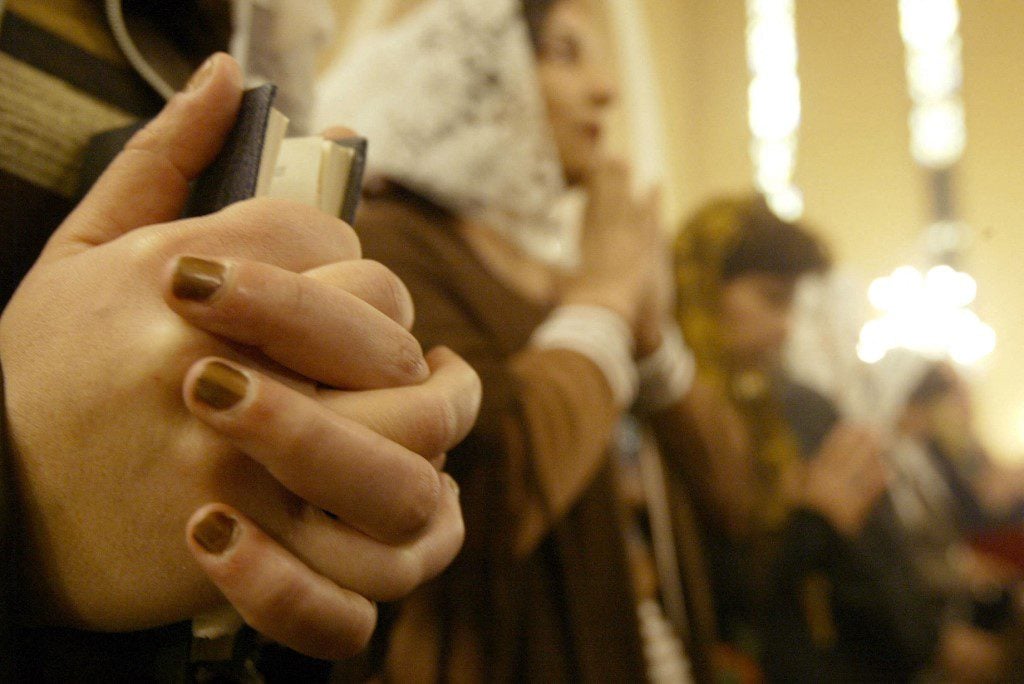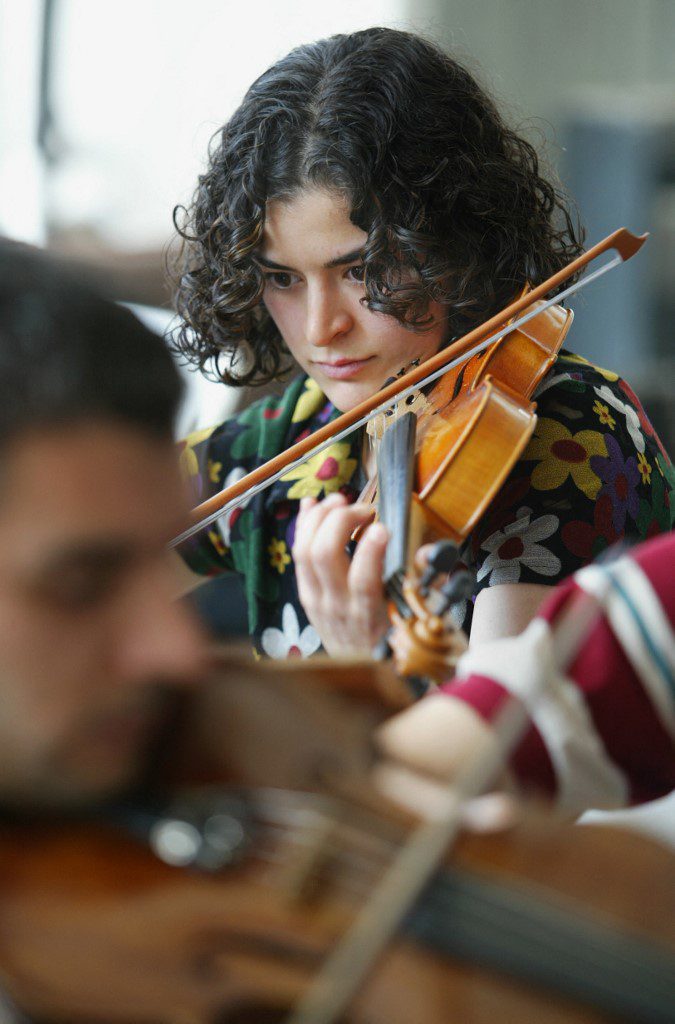
Ali Al-Ajeel
Introduction
One cannot talk about modernity in Iraqi society after establishing the modern state in 1921 without acknowledging the Armenian contribution, especially to intellectual-social modernity. It is not surprising that modernity suffered many setbacks with the departure of these groups from the country.
During the First World War, Iraq witnessed a massive Armenian exodus. Over time, the displaced Armenians assimilated into Iraqi society. They became a vital component, joining the ancient Armenian immigrants who settled in Babylon before Jesus Christ. According to the Greek historian Herodotus, the ancient Armenians settled in Babylon before the birth of Jesus Christ, as they used to transport goods to it through the Euphrates.
The Armenians are interested in many cultural aspects, including music, dancing, photography, and plastic art. They contributed significantly to pushing Iraqi art forward and enhancing the development of the Iraqi movement in all sectors in which they worked.
Exalted art
Several Armenian names became well-known in the authentic melodies of the Iraqi National Symphony Orchestra. The list includes Krikor Barsoumian, Aram Babukhian, Silva Boghossian, Babkin George and Aram Tigran. There is also the late violinist Nubar Pashtekian, who co-founded the oldest orchestra in the region. Pahstekian established this orchestra in 1948 with the help of the Baghdad Philharmonic Orchestra. This orchestra continued until the late Iraqi leader Abdul Karim Qasim decided to “nationalise” it in 1959, making it a state symphony orchestra after it was a private cultural and social activity.
Armenians have positive contributions to contemporary Western music. For instance, Hrant Ketenjian founded the Shirag band that emerged in the late 1960s and lasted for more than two decades. This band made Baghdad nights more colourful with contemporary jazz and rock. Back then, Western music was a lofty feature of the Iraqi capital. Also, Berj Zakarian was the one who brought heavy metal to Baghdad through the Scare Crew band. The list also includes Christopher Karabdian, a famous jazz artist and pianist.
The influence of Armenian musicians did not stop at the borders of Western melodies in their classical and contemporary forms. It also extended to the traditional Iraqi Maqam. That happened through the profound diligence of Father Narcisse Saejian. The abundant knowledge of the Maqam distinguished father Saejian, who was a destination for all Iraqi Maqam readers to learn the most important and accurate information about the Iraqi Maqam.
Along with Father Saegian, Sisak Zarbhanilian was a great musician, a philosopher of oriental music, and an accomplished Oudist and violinist. Zarbhanilian also composed many pieces of music, using difficult maqams that no other musician later dared approach.
Beatrice Ohanessian

Beatrice Ohanessian was one of the main elements of the Iraqi Symphony Orchestra. With her colleagues, Ohanessian performed beautiful shows in many countries. She was also the first soloist in Iraq and the first composer of classical music, and she has many pieces, the most beautiful of which is Dawn.
Ohanessian studied music at the Institute of Fine Arts in the Western Department – Piano Branch. Her teacher was the well-known pianist, Julian Hertz. When the number of students at the institute increased, professors were obliged to approach those who graduated from the first courses with high grades to work as lecturers.
Some of these lecturers were still studying. Beatrice Ohanessian taught the students in the piano branch, along with professors Faridullah Werdi, Salva Bogian, Talia Halkias, Marie Halkias, Violet Dobai, Daisy al-Kabeer, William Raymond and Morozac.
After graduating, Ohanessian completed her studies and graduated from the Royal Academy of Music in London, receiving the Frederick Westlake Prize. She later received a Fulbright scholarship to continue her studies in the U.S. at Juilliard School in New York. She finished her musical studies with distinction in 1959, then returned to Iraq later to become head of the piano department at the Institute of Fine Arts.
The late Ohanessian had a compelling influence in promoting Western classical music in Iraq, saying, “In Western classical music, I was the first Iraqi musician to confront Europeans professionally.”
In other fields
The Iraqi Armenians wanted to be at the forefront of the sects that left a clear impact on society.
The early pioneers of Iraqi modernity include the first Iraqi female doctor appointed by the Ministry of Health, Dr Anna Sitian. And the first Iraqi girl to enter and graduate from the Medical School in Baghdad in 1939 was Dr Malak, the daughter of Mr Razouq Ghannam, the representative of Baghdad Christians in the Parliament. Razouq Ghannam himself was the owner of the newspaper al-Iraq, founded in 1920 with the support of the British authority.
He is considered the first journalist in the contemporary sense in Iraq. Also, the first person to introduce smallpox vaccination to Baghdad was Dr Ohannes Moradian. One of the founders of the College of Medicine is Dr Hagop Jobanian. In recognition of his services, he was awarded the Royal Medal in 1954.
In photography, Khajik Misak Kevorkian rose to prominence in cinematography. The pioneering photojournalist Amri Salim Lusinian documented the kings and leaders of Iraq and preserved in his archives a large part of Iraq’s contemporary history. Mardiros Kavukjian stood out in architecture, drawing up architectural plans for Mosul, Erbil, and Amadiya.
In the humanitarian field, Sarah Taitossian is a household name among the people of Baghdad as one of the prominent female figures. Among them, she was known as “Sarah Khatun” or “Sarah Al-Zankilah”, meaning the rich woman known for her social deeds and extending a helping hand for the needy.
Taitossian and several Armenian women in Baghdad founded the Armenian Women’s Relief Committee for the Armenian Displaced Persons, displaced after the Armenian Genocide. After the “Kilani Camp” neighbourhood couldn’t accommodate more displaced Armenians, Tatoussian distributed its lands in 1937 in exchange for small sums of money, so the neighbourhood bore its name: “camp Sarah”.
In arts, Saran Vartan Alexandrian, who participated in the activities of the Surrealist movement in Paris at the end of the 1930s, became famous through many prose books and studies. The painter Yerjan Boghossian is one of the most prominent Iraqi surrealists. The plastic artist Andranik Ohanessian, the theatre actress Azadohi Samuel Lagenyan and so many names make it difficult to talk about their immortal legacy in a few lines.
The Armenian writer William Saroyan says: “Send Armenians into the desert without food or water; burn their homes and churches, then look at them and see how they will laugh again, sing and pray! Simply put, when two Armenians meet somewhere in the world, they will create a new Armenia.” That is true. Armenian art is very similar to Noah’s Ark, painted in the official emblem of the Armenian Republic, which carried with it identity, art and heritage, to protect the Armenians from the flood of massacres they faced throughout history, as every spot in which the survivors stepped foot formed a cornerstone for the establishment of a new civilisation.

